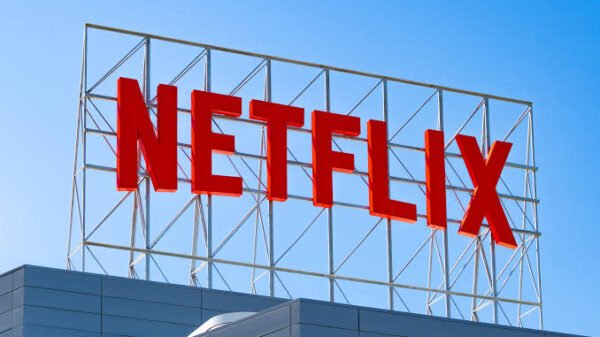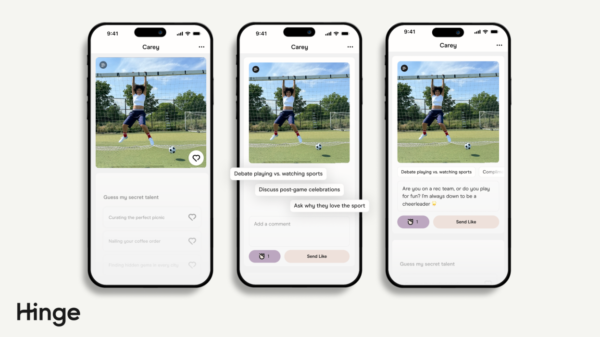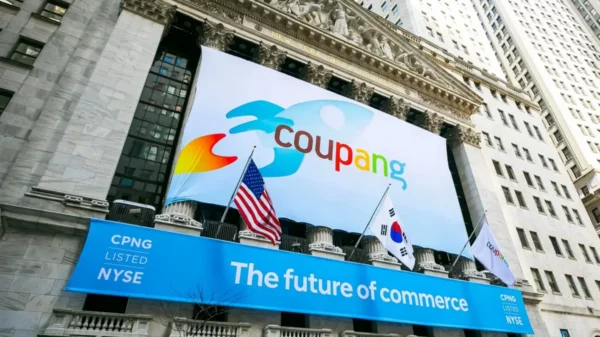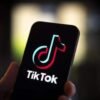Facebook recently entered the job-posting business, becoming a direct competitor to LinkedIn, a social networking site designed specifically for the business community. The goal of the site is to allow registered members to establish and document networks of people they know and trust professionally. LinkedIn is considered to be a networking site that allows users to connect with others, creating a web of connections that will greatly increase the chances of being given the opportunity to work somewhere. On the other hand, Facebook has gained an immense user-base being known as one of the leaders in social media. Over the years, Facebook has added several major features, including the Marketplace and a location-based “map” that shows interesting places that are nearby.
Two of LinkedIn’s main missed opportunities compared to similar services are that lower-skilled workers and people who aren’t actively looking for a job are not being accounted for when LinkedIn is being advertised. Facebook took LinkedIn’s mistakes and capitalized on them. Facebook has introduced new Jobs features, geared for professionals, lower-skilled workers, and those that are not actively looking for a job.
Various job openings from business pages will be posted to the news feed and also be included on the Jobs tab on their tab. Users will be able to quickly apply for these positions. With a single click of a button, a user can instantly send an application through Facebook Messenger. The user’s profile will be used to speed up the process by pre-filling the user’s name and profile picture. These features are being offered to all United States and Canada business pages.
Although it is still in its early developmental stage, the Jobs feature could also start earning revenue for Facebook as more businesses and companies pay a fee to turn job openings into advertisements to reach a larger audience. These very same advertisements can also be shared, so companies or job openings will quickly receive responses and lead to a much more rapid job process.
Although Facebook had much success with the rest of their social media model, the company felt as if Facebook was not useful enough as it was. The company found that small companies had trouble hiring. After careful observation of the job process and the general consensus of how people are open to a better, higher-paying job despite being content with where they work now, Facebook had launched the Jobs feature.
LinkedIn will see a rapid decline in traffic due to Facebook’s new feature. LinkedIn has become a destination for adamant job seekers looking for medium- and high-skilled roles. But, LinkedIn’s major hole in the business model is not accounting for smaller jobs, such as part-time or hourly jobs. For many people, the emphasis on education and a strong resume will discourage them from continuing their job search on LinkedIn. Despite that, many people do not see LinkedIn as an asset to finding a job; Instead, those who are actively seeking a job or are unemployed are most likely to utilize LinkedIn.
Facebook is providing an outlet for candidates who do match LinkedIn’s system and are looking for a ‘friendlier’ way to find a job. Another key difference between Facebook’s and LinkedIn’s models are the ability to apply for several positions at once. LinkedIn emphasizes having a strong application for a single job, while Facebook encourages users to apply to many jobs with the “Apply Now” button.
The only drawback many people feel is discouraging them from using Facebook as a tool to look for jobs is that background checks on social media profiles will be even easier for companies receiving applications from Facebook.
Despite this, research has shown that people are still very enthusiastic for the new feature. Most people using this feature are “casual job seekers” that are looking for any position they can get. Facebook also announced that it is working on creating a relevance-sorting system of Jobs that cater to an individual’s education and experience. Since Facebook is a social media outlet, jobs will be quickly spread amongst friends and family, allowing for a rapid process compared to other similar services like LinkedIn.
Featured Image via Pixabay













































